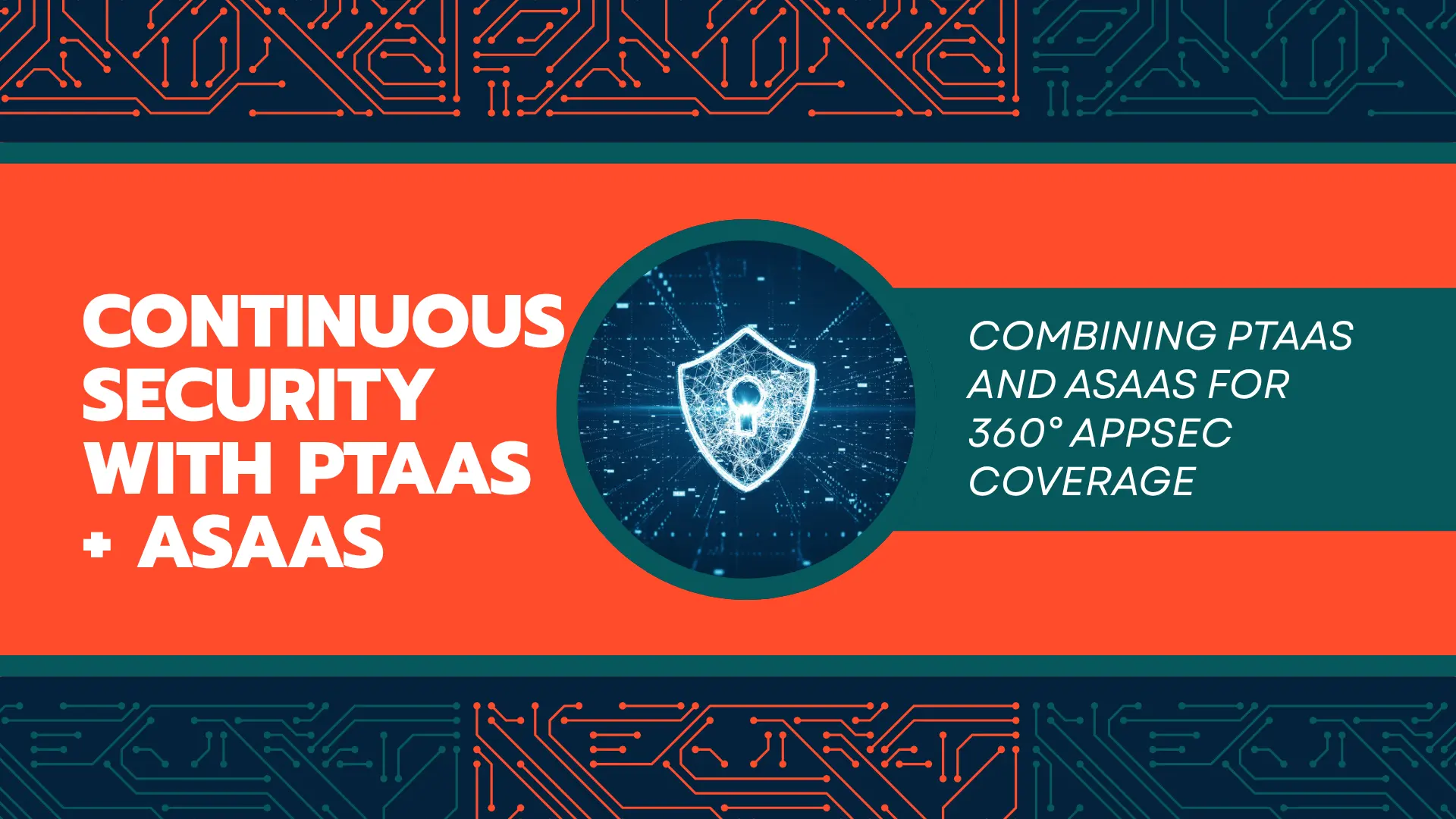
Continuous integration, agile sprints, and frequent code deployments mean that applications evolve weekly, sometimes daily.
Yet many organizations still rely on the old model of annual or biannual penetration tests. This gap between rapid development and static testing cycles leaves systems exposed for months at a time.
According to Gartner’s 2024 DevSecOps Market Guide, over 65% of organizations deploy code changes weekly, but less than 20% perform continuous security testing.
That mismatch creates a dangerous blind spot where vulnerabilities remain undetected until the next scheduled test. Traditional “once-a-year” or “big bang” penetration testing no longer aligns with the speed of modern software delivery.
To close this gap, organizations are shifting to subscription-based security testing models such as Penetration Testing as a Service (PTaaS) and Application Security as a Service (ASaaS).
These models align security with the pace of DevOps, ensuring continuous protection throughout the software lifecycle rather than at isolated checkpoints.
ioSENTRIX has unified these two models into one powerful ecosystem:
PTaaS + ASaaS = Continuous, 360° Application Security
For many organizations, penetration testing is performed once or twice a year to meet compliance requirements.
While this method was effective a decade ago, it no longer fits the pace of today’s 12-month continuous release cycles.
According to Verizon’s 2024 Data Breach Investigations Report, more than 60% of breaches exploit vulnerabilities that were introduced after the last scheduled security test.
When code changes weekly but testing happens annually, organizations operate in a persistent exposure window, where newly added components, APIs, or integrations go unvalidated for extended periods.
Annual or biannual pentests also lack the contextual continuity that modern DevSecOps environments require. Each test provides only a snapshot in time.
The results quickly lose relevance as new builds are deployed, configurations change, and third-party dependencies are updated.
The outcome is what experts call the PTaaS coverage gap: partial visibility into security posture that gives a false sense of safety.
In addition, these one-time tests rarely integrate with CI/CD pipelines or ongoing remediation efforts.
Developers may fix findings from a past report, but without continuous validation, there is no assurance that those fixes remain effective in newer builds. As a result, vulnerabilities may reappear; sometimes in more severe forms.
Breaches like the MOVEit Transfer vulnerability (2023) and the SolarWinds compromise showed how quickly a newly introduced flaw can be exploited before an organization’s next scheduled test.
That’s where subscription-based Penetration Testing as a Service (PTaaS) changes everything.
Instead of relying on point-in-time testing, PTaaS introduces continuous testing cycles aligned with each major release, ensuring that new code, infrastructure, and integrations are assessed as they go live.
PTaaS combines the expert-driven rigor of traditional pentesting with the agility and scalability of the cloud
It delivers ongoing assessments, automated vulnerability detection, and manual exploit validation, all managed through a centralized platform.
Instead of testing once per year, PTaaS allows organizations to schedule and perform penetration tests as frequently as their development cycle demands.
A well-implemented PTaaS program delivers continuous security assurance across all major releases and deployments. Each subscription covers multiple key testing components:
.webp)
Application Security as a Service (ASaaS) is a continuous, subscription-based model that integrates application security directly into the Software Development Life Cycle (SDLC).
Unlike reactive testing methods that identify vulnerabilities after deployment, ASaaS detects and mitigates risks early during the design, coding, and build stages.
Through automated scanning, code analysis, and architecture reviews, ASaaS enables developers to build secure software from the start, not as an afterthought.
ioSENTRIX’s ASaaS platform delivers a full suite of assessments that address vulnerabilities at the code, architecture, and dependency levels:
The modern threat landscape requires continuous, full-stack protection that evolves with every line of code and every production release.
This is where the integration of Penetration Testing as a Service (PTaaS) and Application Security as a Service (ASaaS) delivers unmatched value.
Each service addresses a distinct part of the application lifecycle, and when combined, they form a 360° continuous security platform that protects applications from code to cloud.
It secures the foundation of the application through practices like SAST, SCA, and threat modeling. By integrating directly into CI/CD pipelines, it continuously scans new commits, identifies insecure code patterns, and verifies design integrity.
This early-stage defense significantly reduces the number of vulnerabilities that ever reach runtime environments.
According to OWASP’s 2024 State of Software Security Report, organizations that integrate static and composition analysis early in their SDLC reduce post-deployment vulnerabilities by up to 80%.
Once applications move from code to deployment, PTaaS takes over. It validates real-world exploitability, ensuring that the protections introduced during development actually hold up in production.
PTaaS continuously evaluates the application in its live runtime environment, performing DAST, manual penetration tests, and logic-aware testing against evolving threats.
This runtime validation is critical because even the most secure code can be misconfigured during deployment or weakened by infrastructure dependencies.
Traditional penetration tests no longer meet the needs of agile, cloud-driven organizations. As development cycles shorten and code changes become more frequent, the only sustainable defense is a continuous AppSec strategy.
By integrating both models under a subscription-based security framework, ioSENTRIX enables organizations to maintain real-time visibility, continuous validation, and proactive threat mitigation from code inception to cloud deployment.
This unified, “always-on” approach eliminates the complexity of managing multiple security vendors and testing cycles. With one subscription and one platform, ioSENTRIX makes AppSec management easy by giving you a single place to track risks, fixes, and overall security health across your systems.
Organizations that embrace this model gain not just compliance, but resilience and trust in every deployment.
Talk to ioSENTRIX today to see how continuous security can protect your business 24/7, from code to cloud.